Pranayama: Where you can finally tell people you’re a professional breather and actually mean it!
Hey there! Wondering how to become a professional breather? Well, all your answers lie in this one word- “Pranayama”. Let’s explore the beautiful and mystical world of Pranayama as we move forward with this blog “What Is Pranayama: A Beginner’s Guide To Breathing Techniques. Let’s first discuss What is Pranayama?
What Is Pranayama?
Pranayama, an integral component of yoga and Ayurveda, is a practice that delves into the art of controlling and regulating the breath. Derived from Sanskrit, “prana” refers to the vital life force or energy that permeates everything, and “Yama” signifies control or regulation. By manipulating the breath, Pranayama aims to harness and optimize the flow of prana within the body, facilitating physical, mental, and spiritual well-being.
Let’s understand how famous authors and practitioners define Pranayama
“Pranayama is the science of breath control. It consists of a series of exercises specifically intended to meet the body’s needs and keep it in vibrant health.”
-B.K.S. Iyengar
“Pranayama is the control of vital energy which tingles through the nerves of every person. It is the manipulation of breath.”
-Swami Sivananda
Now that you have got the Pranayama Introduction, Let’s move further and understand how as a beginner, you can start your Pranayama practice.
How To Do Pranayama: A Beginner’s Guide
Getting Started with your Pranayama journey might come up with a lot of confusion, but here we will provide you with some fundamental aspects, practices, tips, and tricks regarding the techniques of pranayama!
Fundamental Aspects Of Pranayama
The combination of Puraka, Kumbhaka, and Rechaka forms the foundation of Pranayama practice. By incorporating these elements, you can regulate and balance your breath, enhance the flow of prana (energy), and experience a range of physical, mental, and spiritual benefits.
1. Puraka (Inhalation):
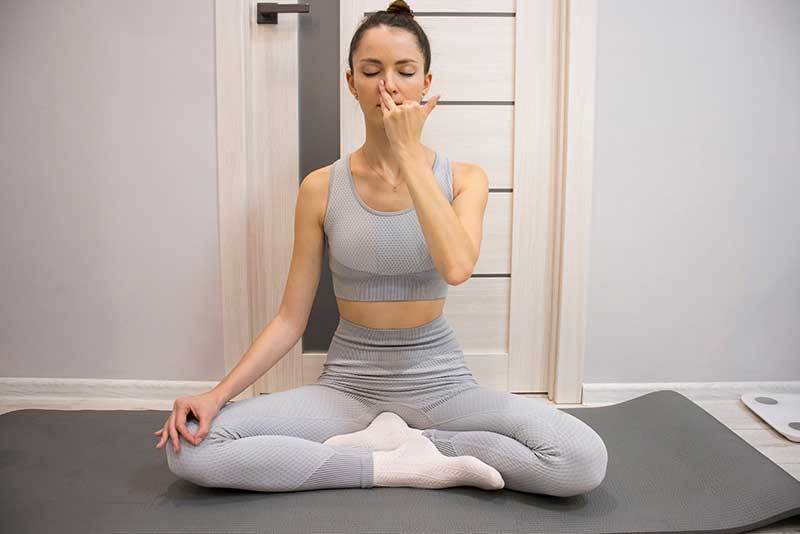
Puraka refers to the act of inhaling deeply and consciously. During Puraka, you draw in air through your nostrils, expanding your lungs and filling them with fresh oxygen. It is essential to take slow, controlled, and steady breaths while focusing on the sensation of the breath entering your body.
2. Kumbhaka (Breath Retention):
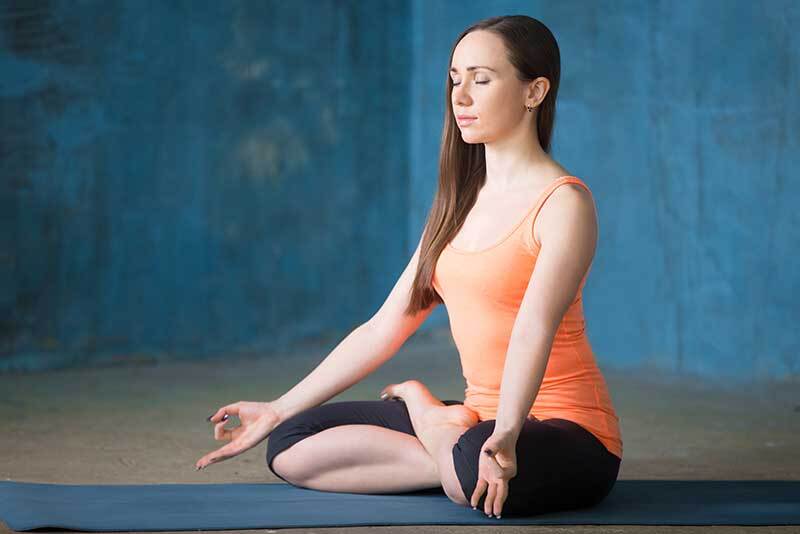
Kumbhaka involves holding the breath after inhalation or exhalation. There are two types of Kumbhaka: Antar Kumbhaka (holding the breath after inhaling) and Bahya Kumbhaka (holding the breath after exhaling). Breath retention allows you to fully experience and absorb the energy obtained from the breath. However, it’s important to note that Kumbhaka should be practiced gradually and with caution, under the guidance of an experienced instructor.
3. Rechaka (Exhalation):
Rechaka is the controlled and intentional act of exhaling. During Rechaka, you release the breath slowly and steadily through your nostrils. The focus is on letting go, releasing any tension, and allowing stale air and toxins to be expelled from your body.
Simple Breathing Techniques For Beginners
Below are some basic and simple pranayama/breathing techniques that can give you much-needed confidence and a great start as a beginner.
1. Dirga Pranayama (Three-Part Breath)
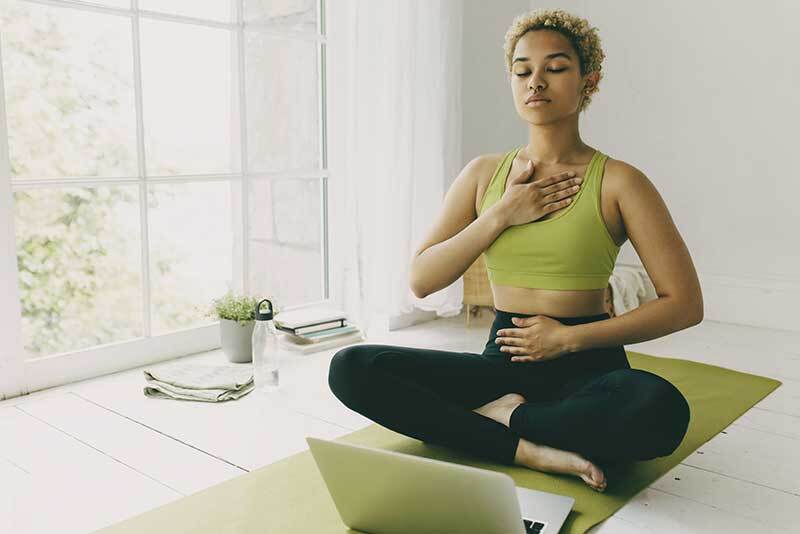
- Sit comfortably, with your spine tall and relaxed.
- Inhale deeply, expanding your belly, then your ribcage, and finally, filling your chest with air.
- Exhale slowly and fully, releasing the air from your chest, ribcage, and belly.
- Repeat this cycle for several minutes, focusing on the sensation of breath and relaxation.
2. Nadi Shodhana (Alternate Nostril Breathing)/ Anulom – Vilom
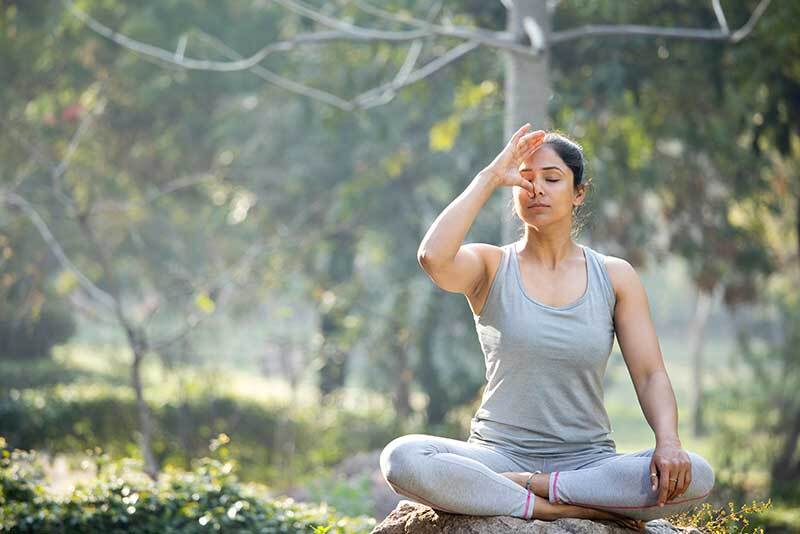
- Find a comfortable seated position and gently close your eyes.
- Close your right nostril with your right thumb and inhale through your left nostril.
- Close your left nostril with your ring finger, release the right nostril, and exhale through the right nostril.
- Inhale through the right nostril, close it with your thumb, release the left nostril, and exhale through the left nostril.
- Repeat this pattern, alternating nostrils, for several rounds.
3. Kapalabhati (Skull Shining Breath)
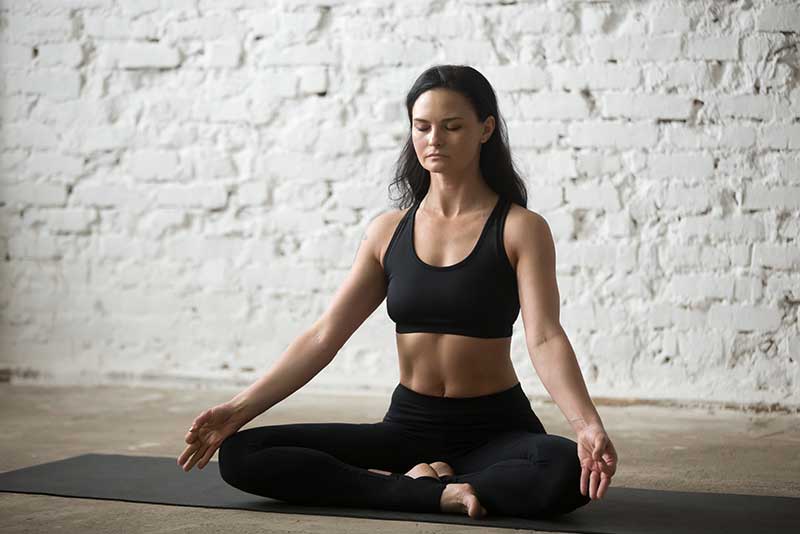
- Sit comfortably, ensuring a relaxed posture.
- Take a deep inhalation, and then forcefully exhale through your nose by contracting your lower belly.
- Allow the inhalation to occur passively and naturally.
- Repeat this rapid, forceful exhalation followed by passive inhalation for a minute or two, gradually increasing the duration.
Tips to start your pranayama journey
Below are some tricks and techniques that can be helpful in starting your pranayama journey.
- Find a comfortable position: Sit in a cross-legged position on the floor or use a chair if that’s more comfortable for you. Keep your spine tall and straight, allowing for easy airflow.
- Relax and center yourself: Close your eyes and take a few deep breaths to relax your body and mind. Let go of any tension or distractions.
- Begin with awareness: Bring your attention to your natural breath. Observe the inhalation and exhalation, the sensation of the air entering and leaving your body.
- Deep belly breathing: Place your hands on your abdomen. Inhale slowly and deeply through your nose, expanding your belly like a balloon. Exhale fully, allowing your belly to deflate. Focus on the smoothness and depth of your breath.
- Alternate nostril breathing: Close your right nostril with your right thumb. Inhale deeply through your left nostril. Close your left nostril with your ring finger, release your right nostril, and exhale through it. Inhale through the right nostril, close it, and exhale through the left nostril. Repeat this cycle, alternating nostrils with each breath.
- Ujjayi breath: Inhale deeply through your nose, slightly constricting the back of your throat, creating a gentle hissing or ocean-like sound. Exhale slowly, maintaining the same throat constriction. This technique helps to regulate and deepen your breath.
- Start with shorter durations: If you’re new to Pranayama, begin with just a few minutes of practice per day. Gradually increase the duration as you feel more comfortable and confident.
- Practice regularly: Consistency is key. Aim to incorporate Pranayama into your daily routine, whether it’s in the morning to start your day on a calm note or in the evening to unwind and relax.
Bottomline
Now that you have come this far, we certainly congratulate you for starting the process of adopting pranayama into your life. Recall that repetition and consistency are essential. Begin with a few minutes every day and progressively extend the time as you get more at ease.
Your physical, mental, and emotional health could be transformed through the benefits of pranayama. Take a deep breath, trust the process, and prepare to embark on the transformational adventure that Pranayama will bring about for you. Enjoy your breath!
FAQs
Q- What is Pranayama In Simple Words?
Ans – Pranayama in simple words is the practice of breath control for improved well-being.
Q- What is Pranayama and its types?
Ans – Pranayama is the ancient practice of breath control, encompassing various techniques such as Ujjayi breath, Kapalabhati, and Anulom Vilom, each offering unique benefits for the body and mind.
Q- What is Pranayama and its benefits?
Ans – Pranayama is the practice of breath control and manipulation in yoga, and it offers numerous benefits such as improved respiratory function, reduced stress and anxiety, enhanced focus and concentration, increased energy levels, and overall physical and mental well-being.
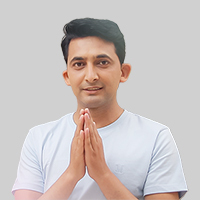
Mr. Vijay Kumar Pandey is an eminent Yoga teacher with 15 years of experience. He excelled himself in Iyengar Yoga under the guidance of revered master BKS Iyengar Read More



